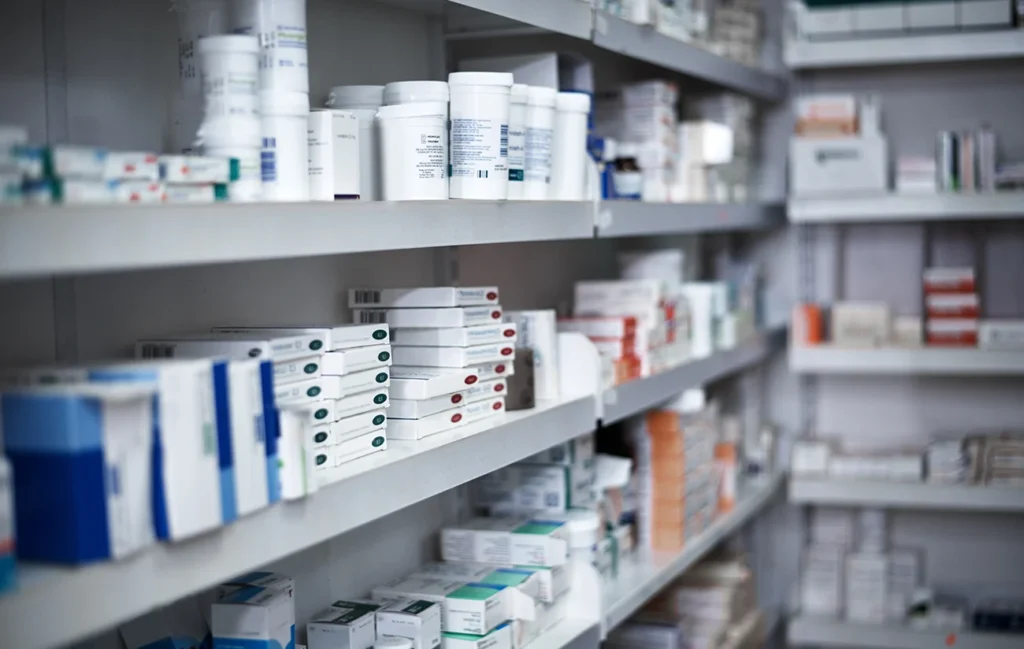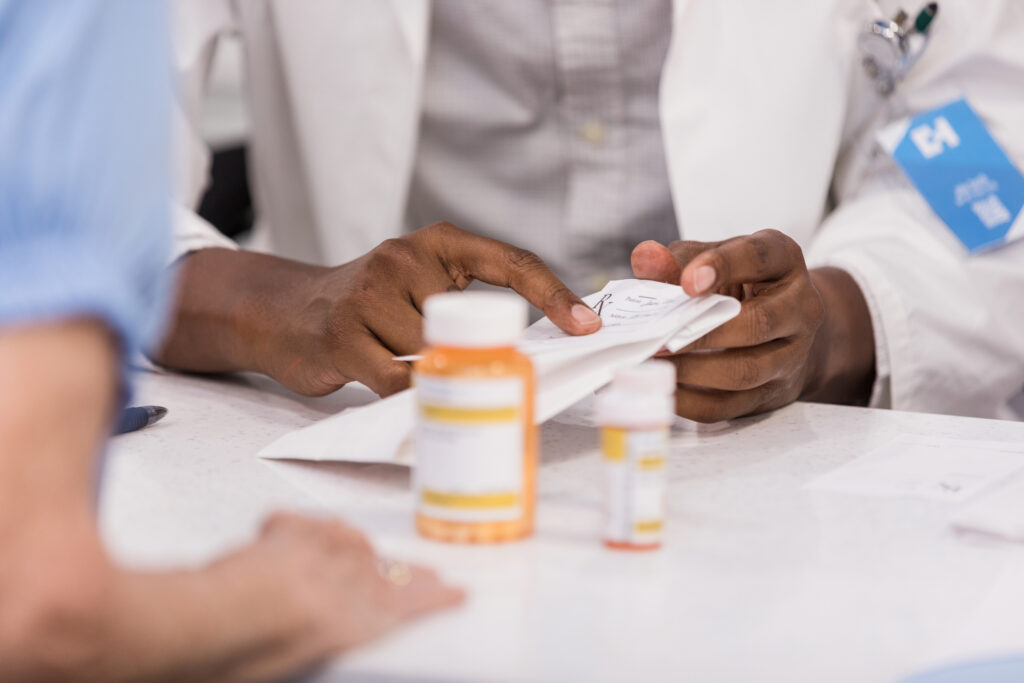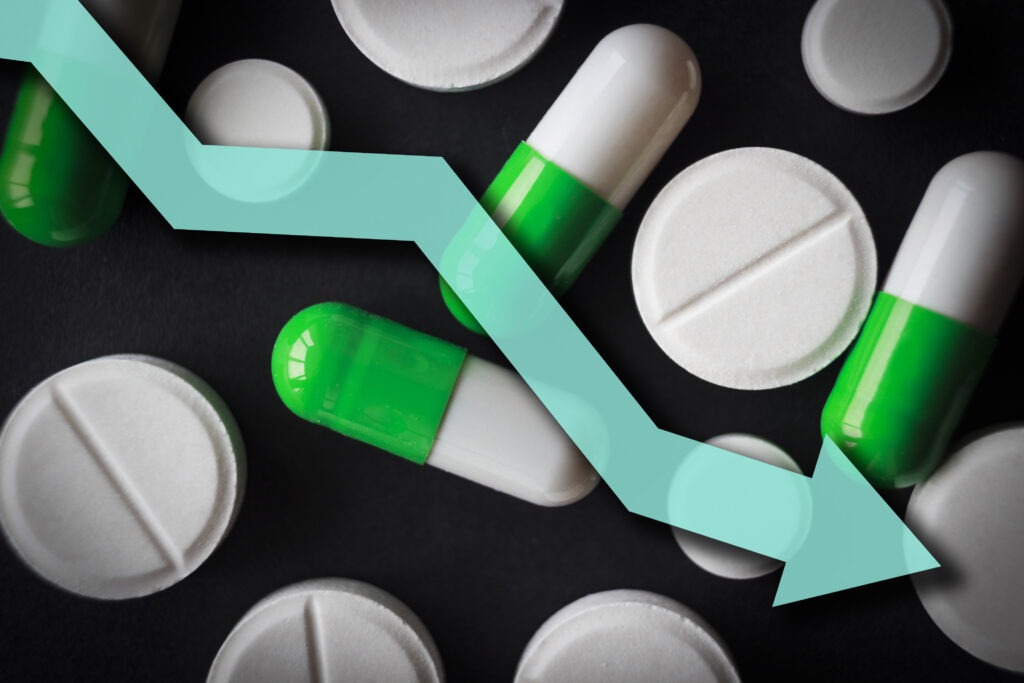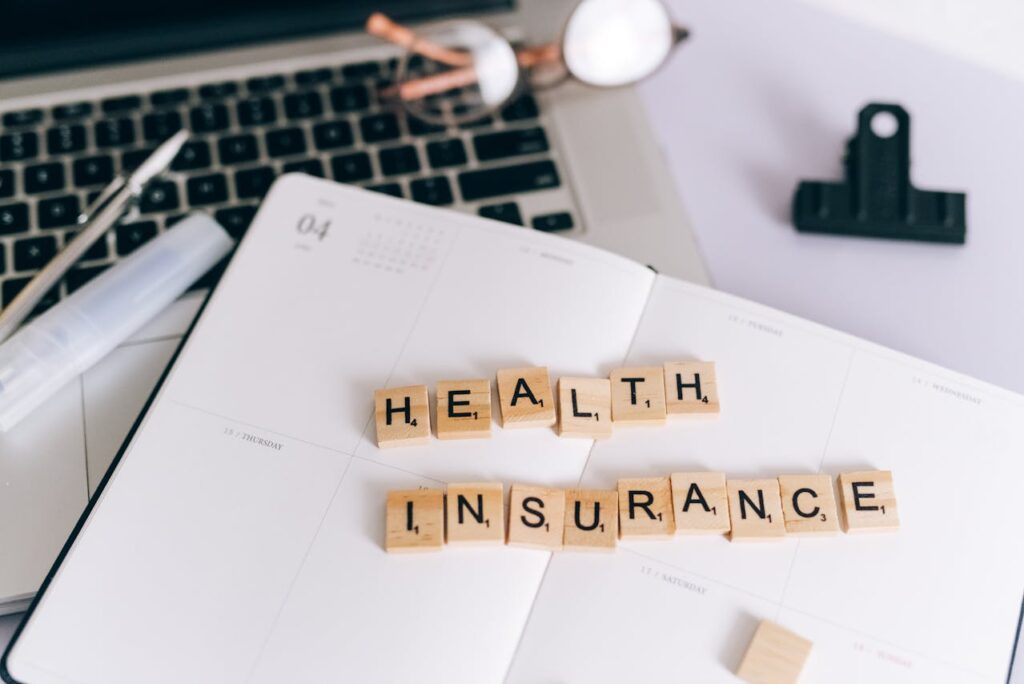The soaring cost of prescription drugs is a major barrier preventing nearly 30% of Americans from taking their prescribed medications. This is a serious concern, as skipping or delaying treatment can lead to significant health problems and long-term damage.
What’s more troubling is that many people don’t realize there are effective ways to obtain their medications at lower prices—or even for free. If you’re looking to manage high drug costs in the United States, here are seven practical strategies to explore.
1. Leverage Coupon Discounts
Pharmaceutical companies often provide coupons for costly brand-name medications through manufacturer-sponsored programs. These coupons help make the patient’s copay more affordable, aligning it with cheaper options favored by insurance providers, thus keeping their drugs competitive.
Such programs can significantly cut monthly copays, though they’re typically available only to those with private or employer-sponsored insurance. Fortunately, many manufacturers also offer one-time free trial coupons for brand-name drugs, which can benefit individuals with government-funded plans like Medicare or Medicaid. Check the manufacturer’s website for these offers.
While generic drugs rarely come with manufacturer coupons, online platforms like BuzzRX provide discount programs that lower costs compared to paying full price. These websites also allow you to compare pharmacy prices easily and often have mobile apps for quick estimates before you leave your doctor’s office. Though the prices may not always be exact, they offer a helpful starting point for finding the best deals.
2. Explore Patient Assistance Programs (PAPs)
For those ineligible for manufacturer coupons, Patient Assistance Programs (PAPs)—also known as drug assistance programs—are a great option. Sponsored by brand-name drug makers, PAPs offer free or discounted medications, particularly for uninsured or low-income patients, based on financial and medical needs.
You can find PAPs on manufacturer websites or through trusted resources like:
- RXAssist.org: A widely recognized online hub connecting patients, healthcare providers, and advocates to pharmaceutical programs offering affordable medications.
- RXOutreach.com: A nonprofit, licensed online pharmacy providing low-cost generic drugs, especially for households earning up to 300% of the federal poverty level.
- NeedyMeds.org: A resource linking patients to PAPs that help cover medications and other healthcare expenses.
These programs are available to insured individuals too, including those with government plans, and sometimes offer drugs at prices lower than insurance copays.
Additionally, many states have their own assistance programs to help residents afford prescriptions. These can offer substantial savings but often have strict eligibility requirements. Contact your state’s Department of Health and Human Services or Insurance Department for details.

3. Opt for Generic Medications
Generic drugs are FDA-approved equivalents of brand-name medications, just as safe and effective despite differences in inactive ingredients. The active components meet the same strict standards as their brand-name counterparts.
Best of all, generics are typically 80-85% less expensive. Brand-name drugs carry high costs from research, development, and marketing, while generics, as “copies,” have lower production expenses, resulting in affordable prices.
Generics match the performance of brand-name drugs and are often favored by insurance plans for their cost-effectiveness. However, not all medications have generic versions, especially for certain conditions. Consult your healthcare provider or pharmacist to see if a generic option is available and appropriate for you.
4. Compare Prices at Different Pharmacies
Drug prices can differ significantly between pharmacies. For example, the cash price for a generic like Atorvastatin (a cholesterol medication) might be $4.50 at one location but $140 at another nearby.
Surprisingly, smaller, lesser-known pharmacies may offer better deals than large chains. Shopping around takes effort, but the potential savings on out-of-pocket costs make it worthwhile.

5. Understand Your Prescription Drug Coverage
To maximize savings, familiarize yourself with your insurance plan’s formulary (list of covered drugs) and tier system (copay levels). Most plans use a three-tier structure:
- Tier 1: Generic drugs with the lowest copay.
- Tier 2: Preferred brand-name drugs with a moderate copay.
- Tier 3: Non-preferred or non-formulary drugs with the highest copay.
Review your formulary to check your medications’ coverage and costs. If a drug isn’t covered or has a high copay, ask your insurer about affordable alternatives. Share this information with your doctor so they can prescribe medications with lower copays when possible.
6. Consider Medicare Part D for Prescription Coverage
If you’re eligible for Medicare (the U.S. insurance program for seniors and disabled individuals), Medicare Part D offers affordable prescription drug coverage. It’s ideal if you have Medicare Part A (hospital insurance) or Part B (outpatient care) but lack drug coverage. Premiums vary by plan and state.
Even if you don’t need prescriptions now, enrolling in Part D prevents future penalties. If you’re on Medicaid and eligible for Medicare, you’ll be automatically enrolled in Part D without premiums.

7. Apply for Medicare Extra Help
For Medicare beneficiaries with limited income, the Extra Help program covers premiums, deductibles, copays, and coinsurance. It’s especially helpful for those also on Medicaid or facing financial difficulties.
You’ll need to apply through Social Security, which evaluates your income and assets. If approved, you may receive retroactive reimbursement for drug costs incurred during the application process.
Final Thoughts
Lowering medication costs requires proactive research and communication. Compare prices, explore pharmacies and health plans, and talk to your doctor, insurer, drug manufacturers, and government agencies. If it feels overwhelming, seek professional guidance—plenty of resources are available to help you find the best solution.



